⚡️ Evaluating the potential value of a RUBI block.
In the previous article, you learned that 1 RBL = 500MnF, and this is the next crucial content to evaluate your assets, so pay attention! It's quite lengthy, but if you finish reading it, you might receive a part of a reward!
Let's start with the platform's mission, as that is the foundation of all value!
❛❛ Rubi's mission is to create a fair and transparent environment for digital asset ownership. By providing a platform for the extraction and ownership of digital resources. We help people worldwide easily access and participate in the digital economy in a fair and sustainable manner. ❛❛
To successfully accomplish this mission, the Rubi Blockchain has been designed to be easily accessible to everyone globally, regardless of location, education level, or financial status. Wherever you're from, whatever your level of education, or even if you're broke, with Rubi, you can still participate in this important "revolution of the digital asset ownership era".
The Rubi platform is one of the greatest when considering its social aspect and potential for popularity. Rubi doesn't have any barriers for you. Unlike other blockchain networks that may require minimal knowledge or financial resources from you, Rubi's simplicity and freeness make it potentially one of the leading public blockchain platforms, where everyone can easily access, seek income, experience, and learn about blockchain knowledge completely for free.
Now, let's explore what constitutes the value of one Rubi unit that you're mining!
Human Element and Primitive Value
"Human community & primitive value" is a fundamental concept shaping market value but is rarely mentioned in valuation activities.
This concept states that humans are the only species with the real power to define the value of everything, determining what is valuable and how much it's worth based on their value gauge. This value gauge is also created and agreed upon by themselves in human society. Thus, something is consensually created by human behavior on a large scale, over time, it will certainly be accepted as the common value of society.
You're also reminded that within the entire Rubi community, each Rubi unit is created by the miners themselves, and they are the sole owners of that amount of Rubi. When this mining rule is consistently applied across the network, it creates consensus on a broad scale, and therefore, Rubi also holds intrinsic value within the primitive value convention.
The Concept of Commodity and its Trend
As you read this article, outside, the debate over categorizing the concepts of "coin vs token" or "currency vs commodity" is still fiercely ongoing in the blockchain world. It's causing confusion for most buyers and holders of so-called "digital currencies."
The risk lies in the fact that there are currently hundreds of thousands of tokens self-proclaimed as "digital currencies," but most of them are quickly printed with a few lines of code, sometimes without paper and ink, then arbitrarily labeled as "currency." These, although will certainly never circulate as currencies, but labeling them as such makes them shiny in the twisted social perception.
People whisper about the "coin A, "coin B" just launched and expect Bitcoin to reappear many times, they quickly rush home to make fresh money to exchange for "A" and "B" coins. This leads to a chaotic situation where individuals or groups rush to produce tens of thousands of types of "digital currencies" to sell for fiat money from the Fomo community. In the end, instead of becoming the next bitcoins, and those "currencies" quickly evaporate, revealing their true nature as the next version of Onecoin*.
Meanwhile, today bitcoin is gradually being considered as a commodity. When it started, Bitcoin was called "digital money," but nowadays Bitcoin is trending to be called a "commodity." As evidence of this, in a recent statement, Michael Saylor, a famous global Bitcoin strategic investor, stated that he himself does not see bitcoin as money, he sees Bitcoin as a high-value storage asset, similar to gold or real estate, not suitable to become currency. Although it may be accepted as a form of payment for a coffee, it's not the most convenient way, so the perception that Bitcoin is becoming a commodity is increasingly consolidated by many leading bitcoin researchers.
Not only is it the opinion of experts, but nowadays on commodity exchanges, Bitcoin is also present and is seen as a type of commodity, appearing in traditional commodity baskets, similar to crude oil, wheat, or coffee.
In the realm of legality Bitcoin has also been supported by financial market regulators as a commodity, specifically, recently, Bitcoin has been licensed by the U.S. Securities and Exchange Commission (SEC) to trade ETF indices, similar to Gold ETFs or Crude Oil ETFs.
Although there are still many points of contention, such as the intangible nature and the scope of Bitcoin's prevalence still mainly in the financial field, all the evidence above indicates that the trend of viewing digital assets as commodities is becoming stronger and more suitable.
As for the Rubi project and Rubi assets, from the beginning, it has been oriented towards pursuing the theory of a digital commodity with the applied characteristics of commodities. The leader of this project's theory has defined RUBI as a consumable commodity when used, as a crystallized form of digital resources from the actions of miners on the network. This clear approach from the beginning shows that it is a correct trend in the Blockchain economy when choosing to propose a valuable asset with intrinsic value in usage.
Assets belong to mining and the value of decentralized ownership
Mining and Miners.
Have you ever wondered "how each Rubi unit is really generated and who it belongs to?" and another question "Does Rubi have decentralized ownership?".
Take a few moments to reflect together, seriously contemplate to see that every Rubi you have in your wallet is created by no one else but you, and you are also the owner of them, without sharing them with anyone else. Only your actions, your will, create Rubi for you. Hundreds of thousands of other miners, including the development team of this project, all earn Rubi in the sole role of a miner.
When considering the dispersion and fairness rule, equality in RUBI mining, you will see that there are not many projects like this, and fittingly, Bitcoin is also a project that pursues the principle of decentralized ownership distribution through mining.
Therefore, with the correct theory of mining operation, we believe that Rubi will be a digital asset with the potential to significantly improve asset value and income for miners participating in Rubi mining in the early stages. We call the first 10 million miners registered on the Rubi Network as early miners.
When talking about the value of decentralized ownership, what does it mean?
It means that every asset generated on the network is gradually created and completely distributed to miners. Taking Bitcoin as an example, Bitcoin is a network with such a nature, that is the essence of Bitcoin's value, that's what truly called equal distribution.
"Equal distribution" is not someone printing out all the tokens, keeping them all in their wallet, and then gradually selling them. Such money flow will concentrate into the pockets of the founder dev, or most of the network's asset benefits will belong to him.
Bitcoin's equal distribution method is not like that, to have bitcoin, you have 2 choices, either mine it or buy it, whichever way you choose, you contribute to the network. If you choose to mine it, your money will invest in equipment and pay for energy, which helps the bitcoin network stronger and increases the overall network value. If you choose to buy it, your money will flow into the bitcoin miner community, create motivation for them, increasing the overall value, because you cannot buy it directly from Satoshi Nakamoto. In both cases, your contribution alway makes the bitcoin network stronger and more valuable without worrying about your money doesn't end up in the developers' private pockets.
With Rubi in innovation of concept "digital commodities", will miracle repeat once again?
The history of human development over thousands of years shows that all innovations have faced initial big difficulties but then have achieved impressive achievements.
Going back to 2009, when Bitcoin was first introduced, it was certainly novel to the whole world. The concept of "Crypto currency" was proposed for the first time, and very few people had the patience to understand this innovation. This is also difficult similar to you trying to describe the internet social network to people living before the world war II.
Today, Rubi once again proposes the controversial concept of "digital commodity" or "crypto commodity" , in a context where society is accustomed to anything new appearing with blockchain applications being called "crypto currencies." Indeed, when we introduce this new rule & theodry, many people feel confused about the new concept. Based on the popular concepts known for the past 15 years about blockchain and the application of blockchain, they seem to think that the concept of "digital commodity" is not practical.
In fact, we have experienced a long history of human society, witnessing many times that new proposals, although always difficult to describe consistently at first, always have the potential to create significant changes in the future.
So with the novel proposal from Rubi, a pure community project also facing similar difficulties, will it be possible to repeat the huge success? The answer depends on all of you, my fellow miners.
The Scarcity of Mining Assets and Decentralized Ownership.
Scarcity of Rubi
When it comes to "scarcity", the quintessential example that almost everyone thinks of is Bitcoin. With only a maximum of 21 million Bitcoins to be mined, it's the first project of its kind with a predetermined limited supply considered to be the lowest. It's possible that for many years to come, Bitcoin will continue to hold its position as the scarcest asset.
To understand its scarcity, consider these impressive figures when comparing Bitcoin exploit to natural diamond exploit:
- Bitcoin: Have total supply of 21 million BTC and requiring mining over 140 years.
- Diamonds: While there's no specific limit, the annual production is around 120 million Carats.
Based on verifiable data from Google, it can be said that Bitcoin is much scarcer than Diamonds. To further illustrate the scarcity of these two assets, I must disclose that I don't own any diamonds personally, and neither do most people I know.
Emphasizing the scarcity of Bitcoin, after over 15 years of mining, how many Bitcoins have been mined? At the time of writing this article, Bitcoin has reached block number 834348, with a total of precisely 19,652,175 BTC mined. With this level of scarcity, do you know anyone who owns 1 bitcoin?
Now, let's turn to Rubi. Rubi has only undergone 682 days of initial mining, and currently has precisely 1,604,504 RBL in circulation. I can't say exactly how many Rubis will be mined in 13 years, so I can't compare its supply to Bitcoin's. However, if you're interested, I can tell you that the approximate number of bitcoins mined in the first 682 days is 4,910,400 BTC.
So looking at the production figures in the first 682 days between Bitcoin, Rubi, and Diamonds, you can see the rarity in mining as follows: Rubi > Bitcoin > Diamonds.
Right now, you can still mine Rubi for free with a personal efficiency of up to 1.25 RBL/day, so I tell you that you are in a high-performance phase of the RUBI network.
Decentralized Ownership
Next, let's consider another important factor: "Decentralized Ownership". When it comes to geographical decentralization, the Rubi mining network has hundreds of thousands of active miners spread across 190 countries. Regarding ownership decentralization, just look at the mining output rankings, where the largest miner has a share of less than 0.065% of the theoretical supply, and this share will continue to decrease. When comparing the decentralization achieved by Rubi, you can see that this level is better than any other network at the same age.
I could provide further evidence if you're willing to look back at the history of Bitcoin's first two years. During that time, the primary miner of the Bitcoin network was Nakamoto Satoshi, who is believed to have accumulated 1.1 million Bitcoins, accounting for 23% of the network's total output at that time and about 5% of the total supply of 21 million bitcoin.
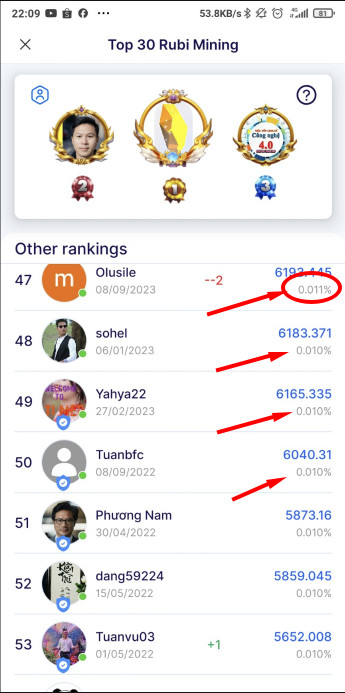
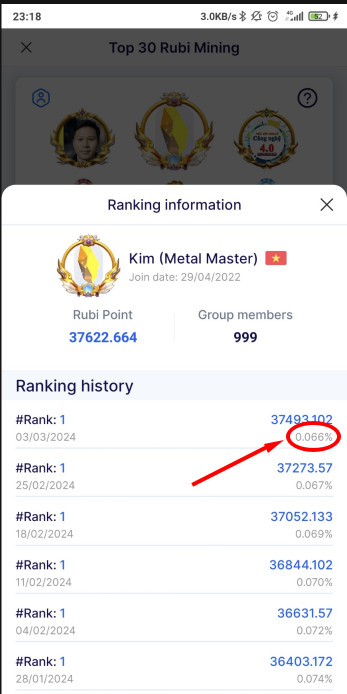
(Illustration of Rubi ownership data and ownership ratio of Top 100 miners)
Through comparing Rubi's early stages, you can see how decentralized ownership on the Rubi mining network is achieved to what extent. And when considering the value of a public asset, the degree of ownership decentralization correlates with future prices.
Let's try to estimate the price of 1 Rubi unit!
The actual price of Rubi is mainly determined by your understanding of it. To strengthen your understanding of the network's value, let's look at some data as of the time of writing this article.
●- Rubi has undergone 682 days since initial mining, with 1.6 million RBL already in circulation.
●- Rubi is present in about 190 countries and has reached 600,000 miners, with in strong growth trend.
●- Rubi is layer one orientation project with a mission to serve the community interaction economy.
●- Mining 10,000 bitcoins in 2010 took just 2 weeks, while mining 100 Rubis would maybe take you 3 months.
I'm not sure if these figures evoke any sense of value for you, but I'm confident that you understand that your Rubi are created by you and represent the value of your mining efforts. How much your perseverance is worth compared to the perseverance of Bitcoin miners in the early 2010s? Only you truly know the answer.
Conclusion
Finally, considering all the factors and characteristics discussed in this article, I truly hope that your understanding of the overall context is now clearer.
❛❛ I hope that through this article, you'll be able to objectively and reasonably evaluate the value of each Rubi unit. And please share the price that you truly believe in for your Rubi assets by commenting with the price and your Rubi wallet address on this post! Whatever it is - I'll award 50 valuable RBL to the first 50 miners who made early comment. ❛❛
Once again, my reminder is - Treasure every Rubi unit you have, as it represents your actions and your position! Your understanding today will greatly influence the total value of the assets you'll have in the future.
Thank you for going through this lengthy content!
ANDY
Come back KYC Article Series
⎕ • Terminology explained
* Onecoin* (a scam project by printing coins and selling them for money).
⎕ • Related Content
■ ⚡️ Learn about: RBL - MnF - MnA



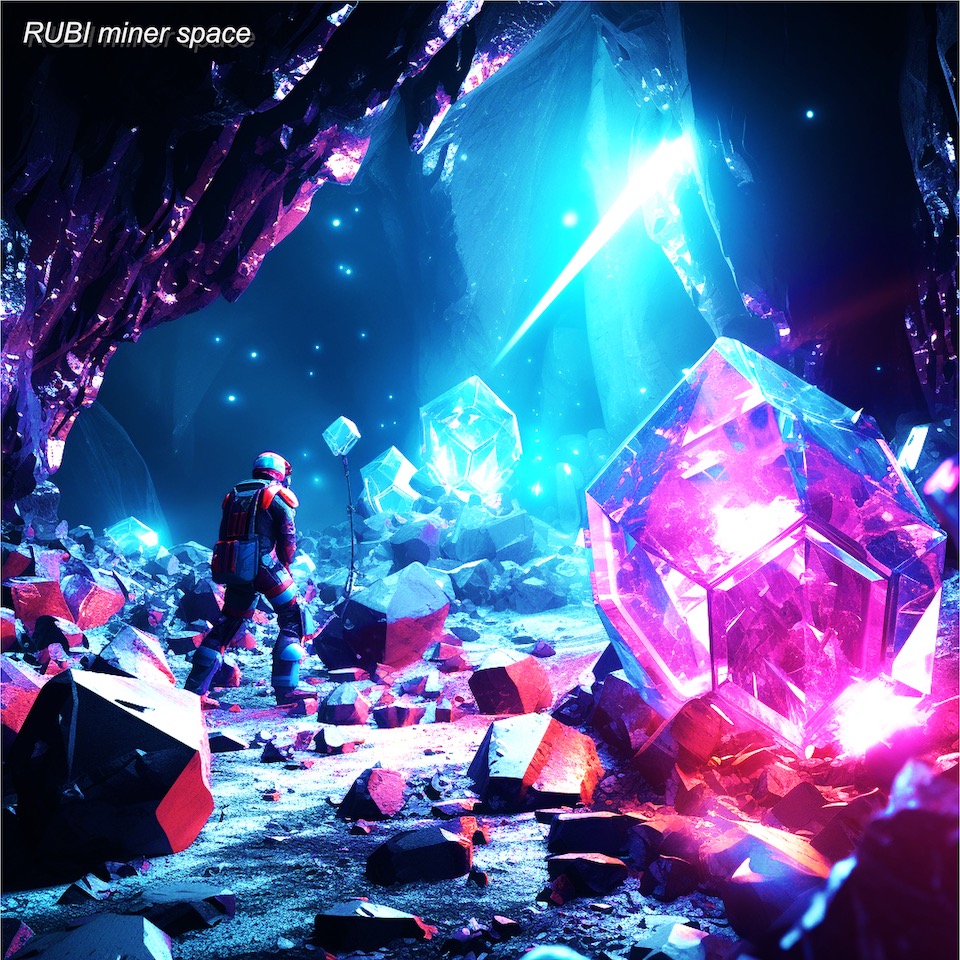

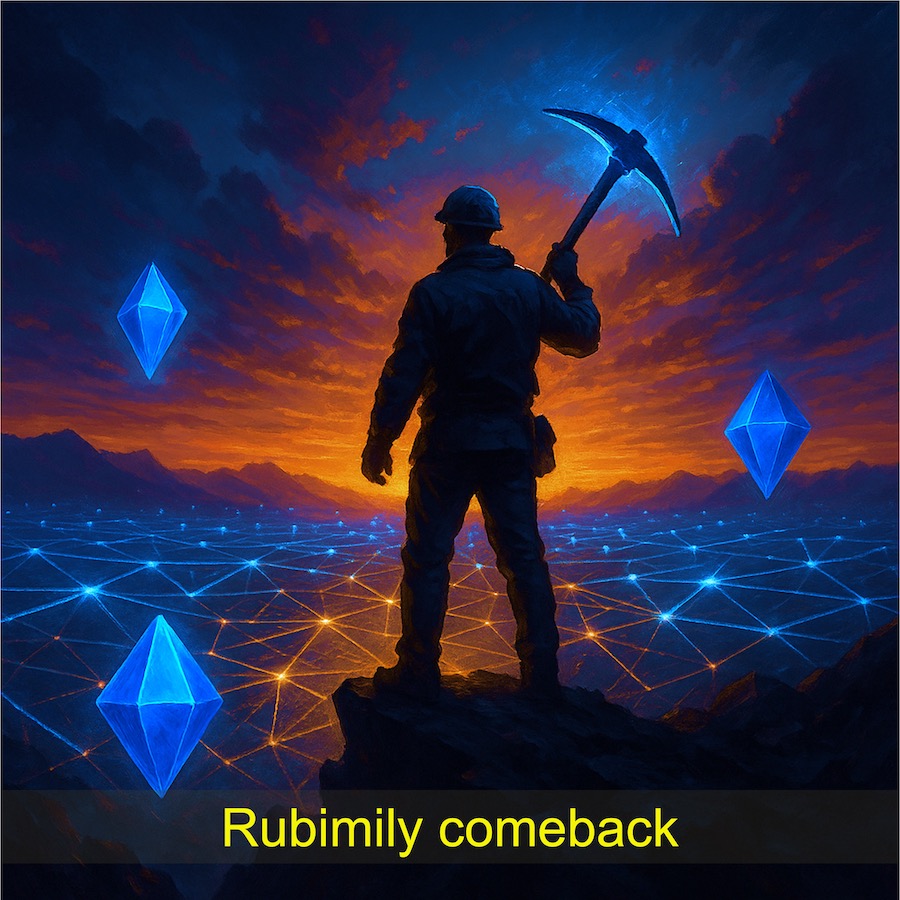
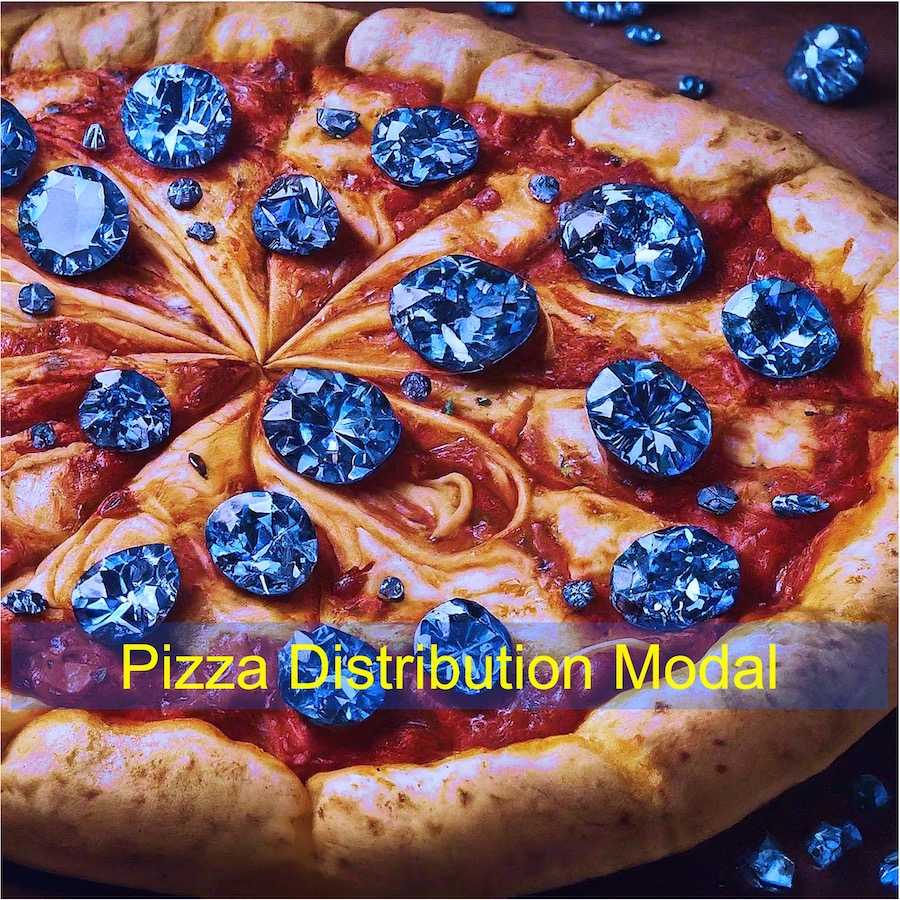
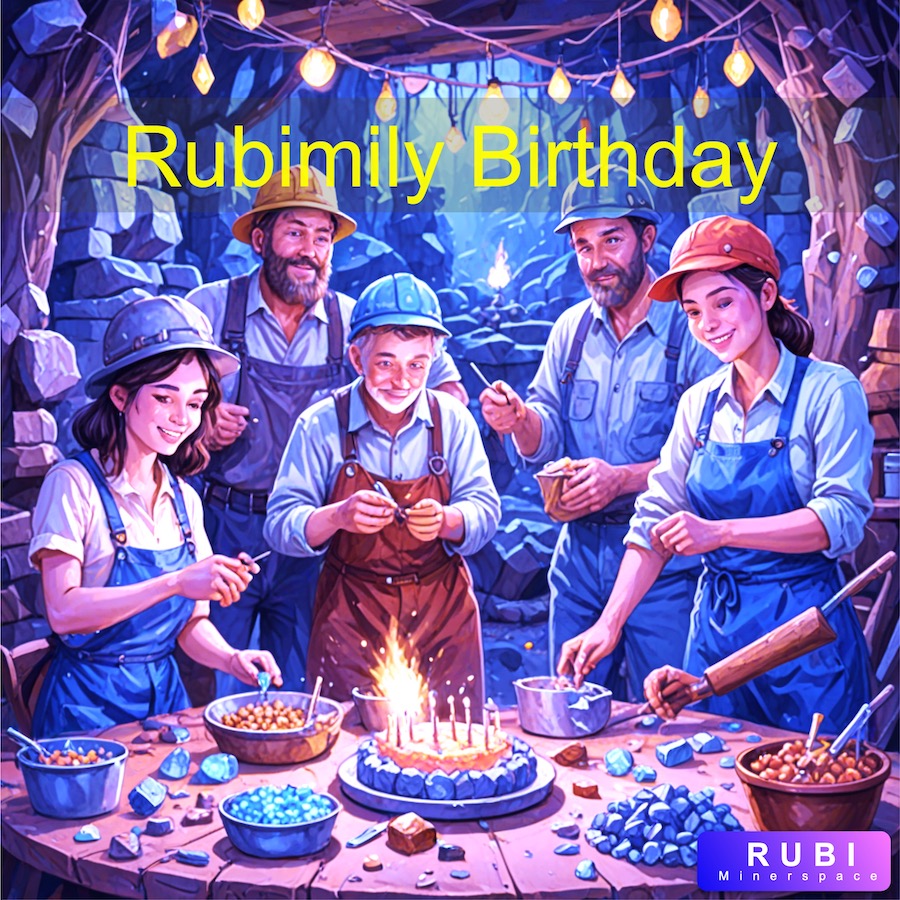
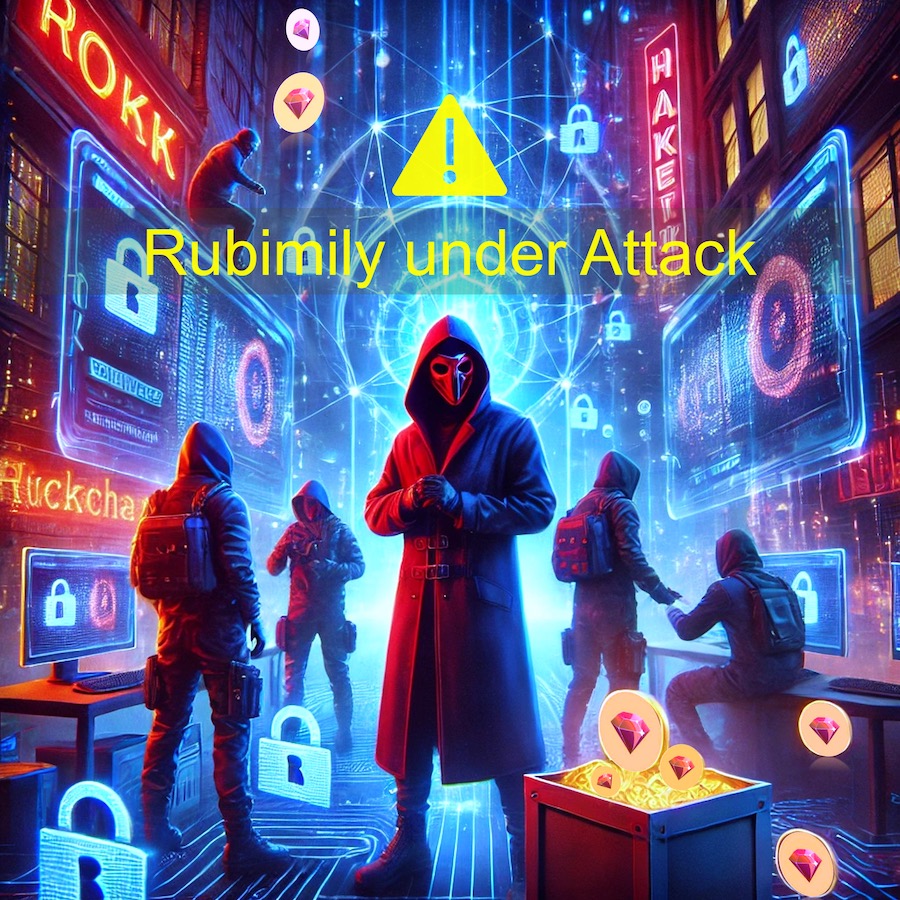
Comments (340)
sibawn
Kyc
0 Trả lời Chia sẻ 02:20 24/08/2025
0 trả lời
sibawn
Hi
0 Trả lời Chia sẻ 02:20 24/08/2025
0 trả lời
Umar5777
Please invite me for kyc
0 Trả lời Chia sẻ 07:58 01/08/2025
0 trả lời
Umar5777
Please invite me for kyc
0 Trả lời Chia sẻ 07:58 01/08/2025
0 trả lời
Umar5777
Please invite me for kyc
0 Trả lời Chia sẻ 07:58 01/08/2025
0 trả lời